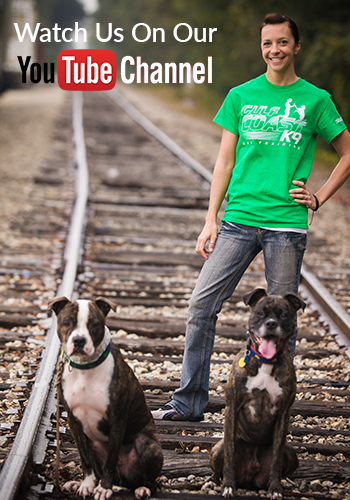Barking is a natural form of communication for dogs. It’s their way of expressing excitement, alerting you to danger, or seeking attention. However, when barking becomes excessive, it can be disruptive and challenging for both the dog and the owner. Understanding why excessive barking occurs and how to address it is essential for maintaining a peaceful household and a happy dog.

Why Does Excessive Barking Happen?
Excessive barking can stem from various behavioral and environmental factors. Here are some of the most common reasons:
- Attention-Seeking: One of the most common reasons dogs bark excessively is to get attention. If your dog notices that barking results in a response—whether it’s petting, playtime, or food—they may repeat the behavior. This attention can be positive or negative, but either way, your dog learns that barking gets them the attention they want.
- Boredom or Lack of Stimulation: Dogs are intelligent animals that need mental and physical stimulation. Without proper outlets for energy, dogs may bark out of boredom. If a dog isn’t getting enough exercise, playtime, or interactive activities, they may start barking excessively as a way to entertain themselves or release pent-up energy.
- Separation Anxiety: Dogs that experience separation anxiety tend to bark excessively when left alone. This type of barking is often accompanied by destructive behavior, like chewing furniture or scratching doors. Dogs with separation anxiety may bark because they are stressed and anxious about being away from their owner.
- Fear or Anxiety: Some dogs bark excessively when they’re fearful or anxious. This could be due to loud noises, unfamiliar people or animals, or even specific objects. Fear-based barking often occurs when a dog feels threatened and wants to alert their owner or ward off whatever is causing them distress.
- Territorial Behavior: Dogs are territorial animals and may bark excessively to protect their space or alert you to the presence of an intruder. This can happen when someone approaches the house, another dog enters the yard, or even when they see movement outside through a window. Territorial barking is often loud and persistent.
- Excitement: Some dogs simply bark because they are excited. This can happen during playtime, when greeting a family member, or when they anticipate something they enjoy, like going for a walk. While this type of barking isn’t necessarily problematic, it can still be excessive in certain situations.
What Can You Do About Excessive Barking?
Addressing aggressive barking requires identifying the cause and implementing effective strategies to manage or eliminate the behavior. Here are some practical steps:
- Redirect Attention: If your dog is barking to get attention, the best way to address it is to stop reinforcing the behavior. Avoid giving in to your dog’s barking, as this teaches them that barking gets them what they want. Instead, wait for a moment of quiet and then reward your dog with attention, treats, or praise. This teaches them that being calm is what leads to positive reinforcement.
- Increase Exercise and Mental Stimulation: Barking out of boredom or excess energy can be resolved by increasing your dog’s exercise and mental stimulation. Ensure your dog gets daily walks, playtime, and engaging activities like puzzle toys or training sessions. This will help tire them out physically and mentally, reducing the need for barking as a form of entertainment.
- Practice Separation Training: For dogs with separation anxiety, you’ll need to help them become more comfortable being alone. Start with short departures and gradually increase the time you’re gone. Leave your dog with engaging toys or food puzzles to distract them, and try not to make a big fuss when leaving or returning home, as this can escalate their anxiety. In some cases, you may need professional help from a dog trainer or behaviorist to address separation anxiety.
- Desensitize Fear Triggers: If your dog is barking due to fear, work on desensitizing them to the specific triggers. For example, if your dog barks at other dogs, practice-controlled exposure by having them observe other dogs from a distance, rewarding them for calm behavior. Over time, they’ll learn that the presence of other dogs or loud noises doesn’t pose a threat.
- Set Boundaries for Territorial Barking: If your dog barks at visitors or other animals approaching the house, set boundaries by teaching them commands like “quiet” or “enough.” When they start barking, calmly say the cue and wait for them to stop barking before rewarding them with praise or treats. You can also use a crate or a designated spot in your home to reduce territorial behavior when needed.
- Use Positive Reinforcement and Consistent Commands: Using positive reinforcement is key to addressing excessive barking. Reward your dog for calm behavior, and use commands like “quiet” or “enough” to redirect their focus. Consistency is critical, so ensure everyone in the household is using the same commands and reinforcing the same behaviors.
Excessive barking can be frustrating, but with patience you can help your dog learn to bark less and behave more appropriately
If you are a professional trainer to help with your dog’s problematic behaviors – or if they simply need a refresher course in commands – please call Gulf Coast K9 Dog Training in Bradenton to learn more about our programs.




